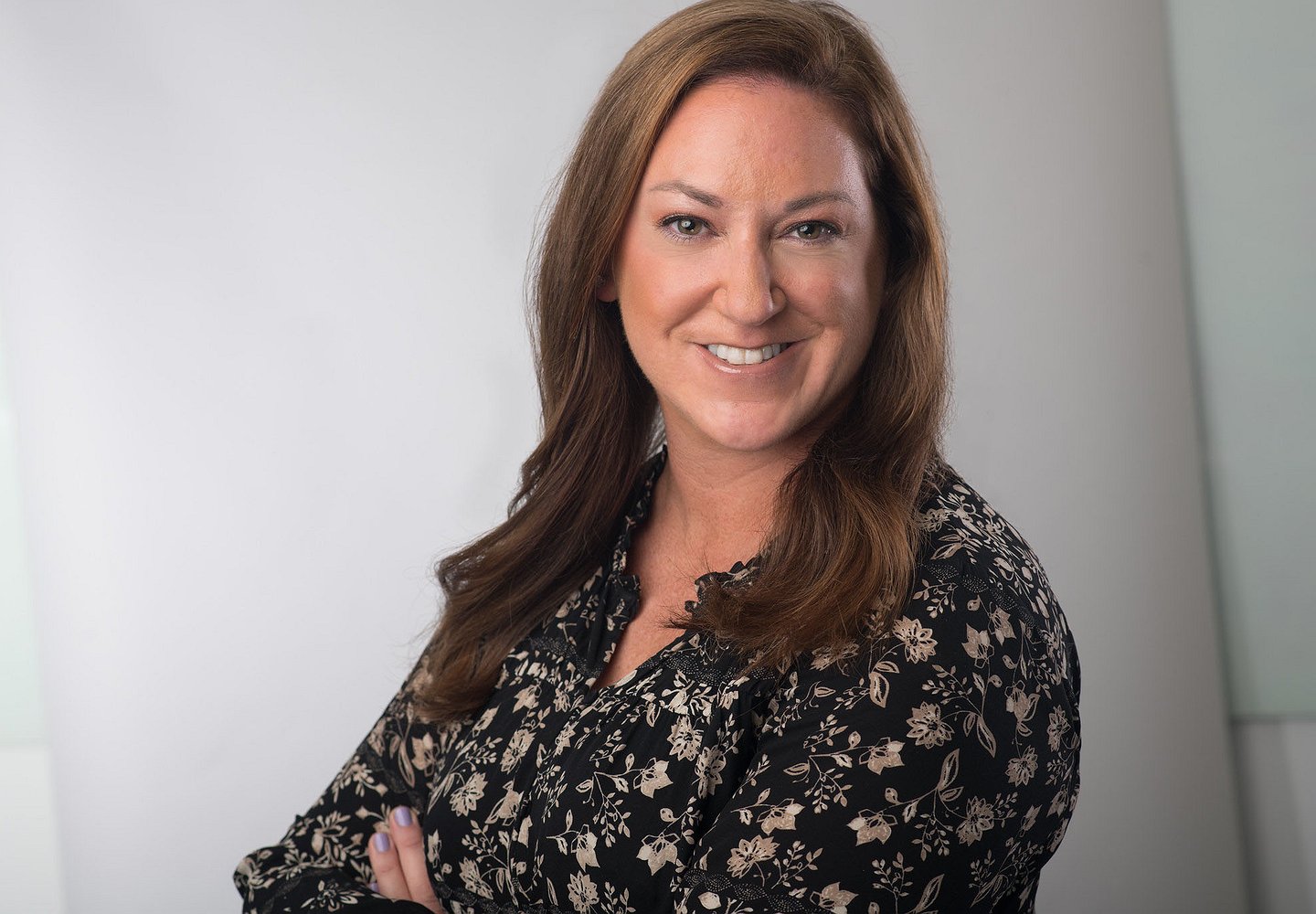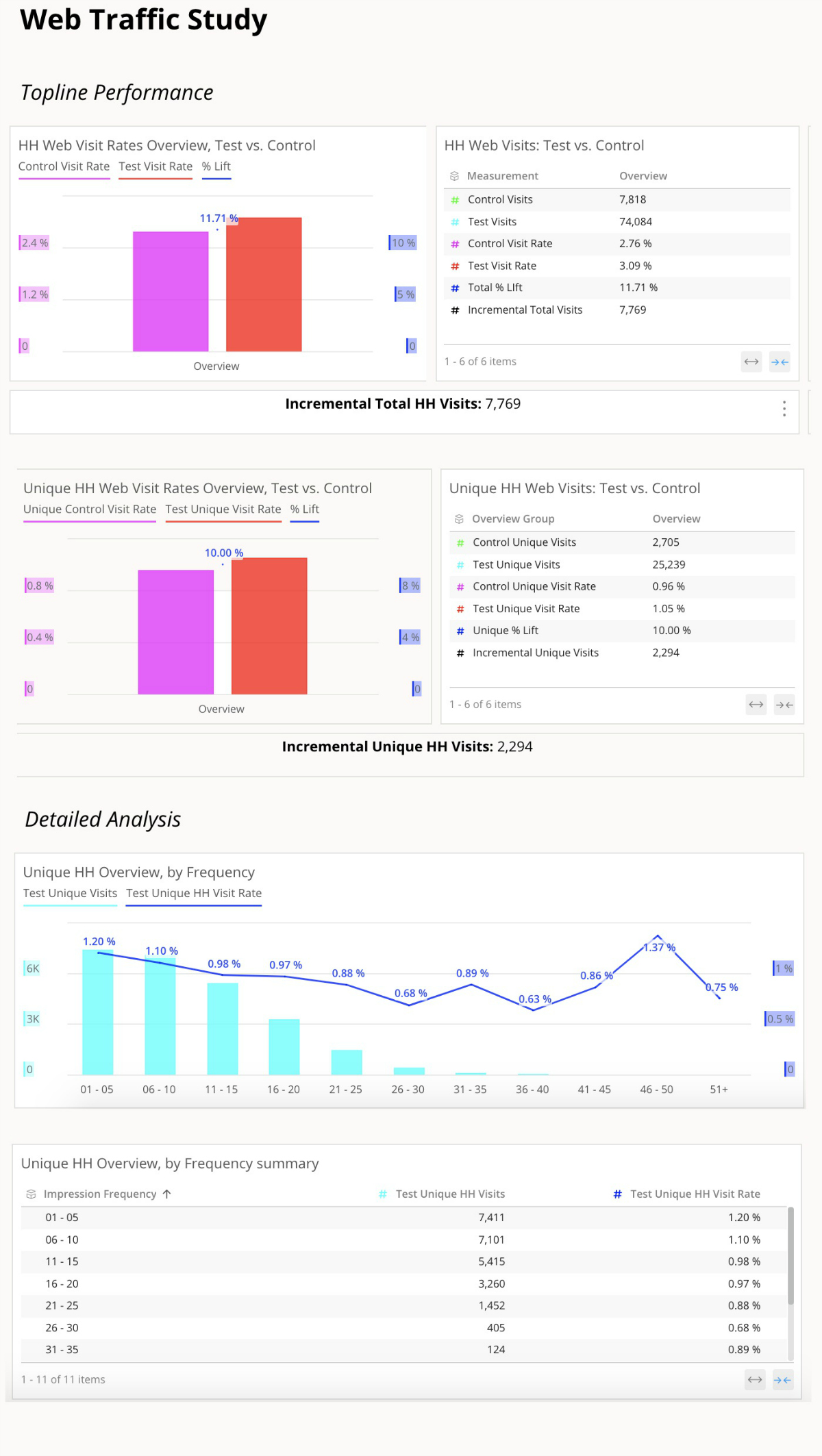 Rachel Herbstman always had an interest in
advertising and psychology and discovering, as she explained, "why
people make the decisions that they make and how brand packaging and
commercials impact decisions." Her first job out of college was in
performance-based buying at a DR agency, "focusing on performance-based
KPIs, as well as branding and efficiency," and then on to Modi Media, a
division of GroupM.
"It was one of the only agencies that had a centralized unit for
advanced TV," she noted. In her current role as Senior Director of
Platform Analytics at Cadent, she is able to fully explore her interest
in consumer behaviors through the use of granular data.
Rachel Herbstman always had an interest in
advertising and psychology and discovering, as she explained, "why
people make the decisions that they make and how brand packaging and
commercials impact decisions." Her first job out of college was in
performance-based buying at a DR agency, "focusing on performance-based
KPIs, as well as branding and efficiency," and then on to Modi Media, a
division of GroupM.
"It was one of the only agencies that had a centralized unit for
advanced TV," she noted. In her current role as Senior Director of
Platform Analytics at Cadent, she is able to fully explore her interest
in consumer behaviors through the use of granular data.
Using Data to Bridge Linear and Addressable Television
Data
and its use in the media industry have changed since Herbstman's DR
days. "Data used to mean more survey-based research," she explained.
"Now, we are working with actionable data on television. There are many
data sets representing actual behavior that can be leveraged and then
measured by real business outcomes." Cadent is taking major steps to
maximize the value of this data for advertisers; the Cadent Advanced TV
Platform unifies linear and addressable campaign reporting to offer a
transparent understanding of what worked and didn't work in their
campaigns.
"Marketers
are looking for meaningful and actionable results, but typically, they
don't get unified post-campaign analytics when they execute with a few
providers," Herbstman said. "[With Cadent's solutions across advanced
and linear TV] we begin by asking the client, 'What are your primary
objectives? How are you measuring success?' This can range from a
brand health study or web traffic measurement to a first-party sales
analysis from an addressable or linear perspective. It depends on what
the client is looking to achieve. They can see it all from our platform
in one clean snapshot."
Keeping Up and Standardizing Results
"The
landscape is changing daily" with new data sets and new supply sources
in the mix, Herbstman asserted. Cadent's challenge is keeping up with
the changing ecosystem. "On our end, standardizing and aggregating the
measurement across multiple systems is most important," she said. "We
are in constant communication with both the data vendors and the supply
side partners to be sure that everything we can unify, we do." Depending
on the client's key objectives, they now have visualizations that help
them home in on the key campaign outcomes. This eliminates the clutter,
making data easy to digest, interpret and actionable for clients.
Creating
commonality from the platform's output offers great addressable
benefits. "Post-campaign analytics fuel insights that inform future
linear and addressable campaigns," Herbstman explained.

"Marketers get a full picture of their campaigns, including which networks perform best and at what point the campaign frequency reaches diminishing return," she continued. "With standardized scripts, we can clearly interpret results and make strategic recommendations for future addressable campaigns and/or other media tactics the advertiser may be executing."
Tracking
results is a big part of Cadent's philosophy, and working closely with
the advertiser is an important component of the relationship. "We want
to make sure that from a measurement perspective we are tying it all
together and can prove or disprove the initial investment,"
Herbstman explained. "From the initial conversations surrounding the
campaign test design, it's our job to provide consultative support.
Then, post-campaign, once the client understands the value in
addressable analytics and sees the return on their investment, they're
generally more confident in the next campaign. Once that first campaign
is complete, we use the results to optimize better for the next
campaign." Data from thousands of campaigns across all categories is
stored and then used in scientific planning algorithms to enable the
smartest strategic recommendations in the Cadent Platform.
Applying Results to Future Campaigns
The
granularity of the data enables Cadent to drill down and better
understand variances between targeted audience segments. Being
transparent is a vital component of the relationship. Advertisers can
understand every single part of the puzzle and how the addressable
campaign varies from linear, VOD or IP-connected, for example, and
understand the differences between the platforms and how to best use
them in aggregate based on the category, strategic segment and KPI,
Herbstman noted.
"Ultimately,
standardized addressable reporting will lead to a more transparent TV
ecosystem and better ROI for marketers," she concluded. "Our goal is to
provide an easily digestible analytics visualization tool that clearly
narrates the campaign's performance -- wins and losses -- while
understanding the integrity of the data and potential areas to optimize
future campaigns."
This article first appeared in www.MediaVillage.com
No comments:
Post a Comment